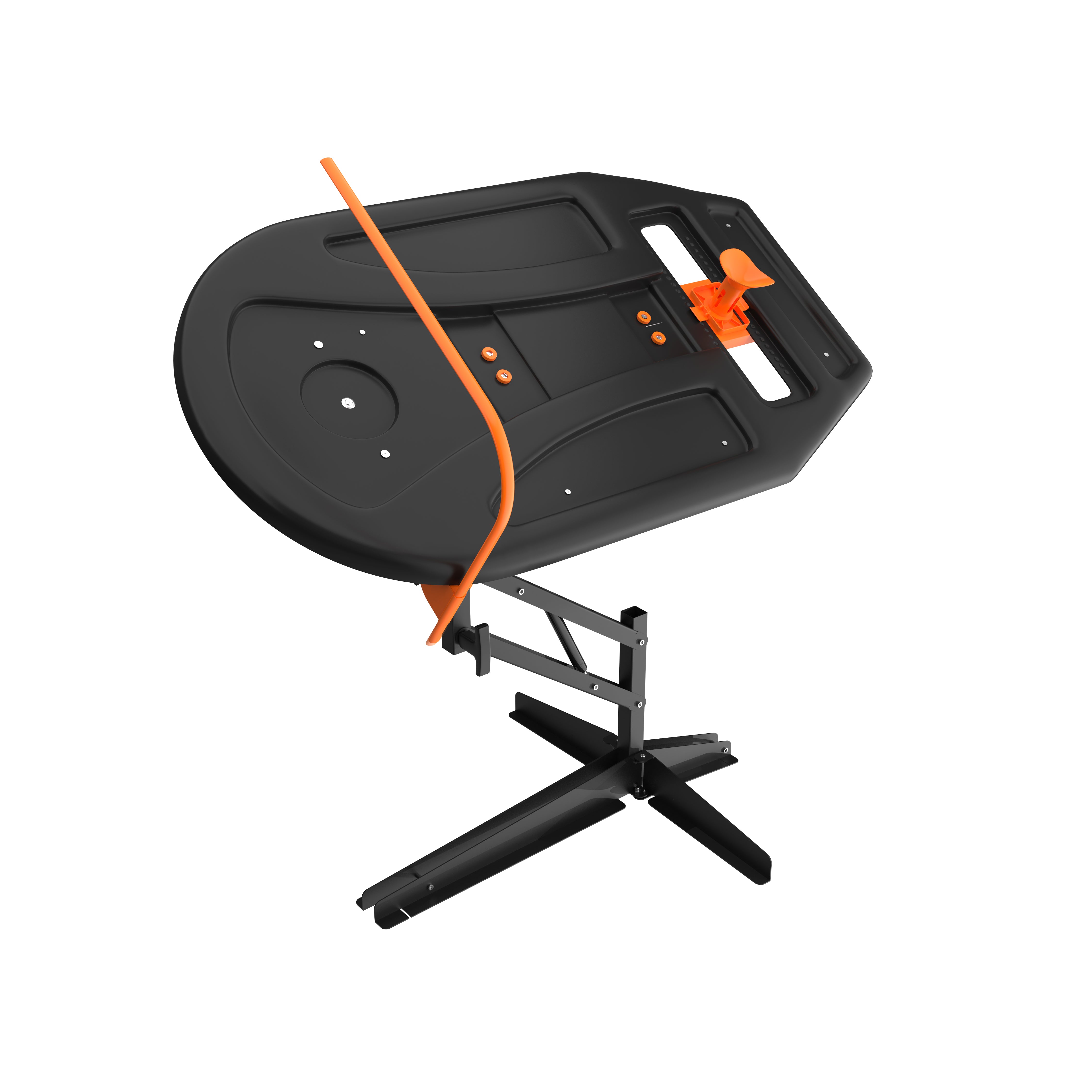Variations to Fix Load and Stride Problems to Improve Your Soft Toss Swing
Have you ever noticed how relaxed a big-league hitter looks and acts in the box? More importantly, have you noticed how they stay relaxed through the load and stride during the pitch. This gives them the ability to read, time, and adjust to different pitches. Over my 30 years of coaching, I have found that a lot of hitters from youth to college, struggle to relax and maintain a smooth, consistent load and stride. This makes them more susceptible to changes in pitch speed.
The next time you try soft toss, challenge your players and improve their timing mechanisms by using these 3 tricks:
Try holding onto the ball 2 or 3 times in a row. You will see your hitter working to develop a smoother transition to the stride position. The more you mix up the toss and hold, the more consistent the hitter will become with a relaxed stride. They must learn to trust themselves. The advanced level of this drill is doing the same thing in soft toss or batting practice. You will see rapid improvements in-game as a result of using this technique in practice.
2. Make the hitter start their load before you start the soft toss motion – This modification to soft toss is great for hitters that load and stride too fast. When you load and stride too fast, you lose kinetic energy in your swing, and it becomes very difficult to adjust to off-speed pitches. By having the hitter start their load before you toss the ball, they are forced to slow down and read your arm motion. One key to the success of this drill is telling the hitter they cannot stop their motion once they start their load. Initially, you will find that hitters do 1 of 2 things:
a. Continue to load too fast, and then stop and wait before they stride. If they stop in the loaded position, they lose the benefit of the load and stride momentum. Remind them they are not allowed to stop.
b. Finish their swing well before the ball is tossed or in the hitting zone. This tells you that they are not reading your arm's motion. They are guessing when the ball will get there. Remind them that they must load slower and time the arm motion (stride when appropriate). They will figure it out.
Once a hitter has shown that they can successfully and consistently show a relaxed load and stride with correct timing, you can up the ante by slowing your arm motion. Let them know you are doing it, and then maintain that speed for a series of pitches. This will really test their ability to slow down, time your arm motion, and not guess.
3. Load and Stride, Re-Load and Stride, Re-Load and Stride (difficulty level 10) - Muscle memory is formed through repetition. Correct repetitions create good habits. In this variation of soft toss, we want the hitter to continually load and stride without stopping and then hit balls when they are tossed (In between every 3rd or 4th set of loads/strides). Do not reset after each load and stride, only after a ball has been hit. The hitter should load/stride and then push right back into the next load/stride. We want the hitter to get into a nice, relaxed rhythm so that each load and stride resembles what you would expect in a game.
The next step requires skill on the coach's part. After 3-4 sets of loading and striding, you need to soft toss a ball with the correct timing for the hitter to swing. You want the hitter to maintain the same rhythm as the previous 3-4 loads/strides and then swing at the tossed ball. I like to start the tossing motion (arm going back) when the front foot has landed in the stride position. That gets me close to the correct timing and then I adjust from there. You should be checking to make sure that the load/stride during the swing resembles the previous loads/strides when the ball was not tossed.
Once you improve your soft toss swing, I have seen these techniques help a lot of hitters over the years. If your hitters struggle with timing issues, these drills will help them significantly. At a minimum, you will have a couple more tools in your toolbelt to use when you need them. As always, feel free to comment on the article. If you want to email me or talk about it, my contact info is below.
John Morabito
(703) 260-1143
jmorabito@perfectswingsusa.com







